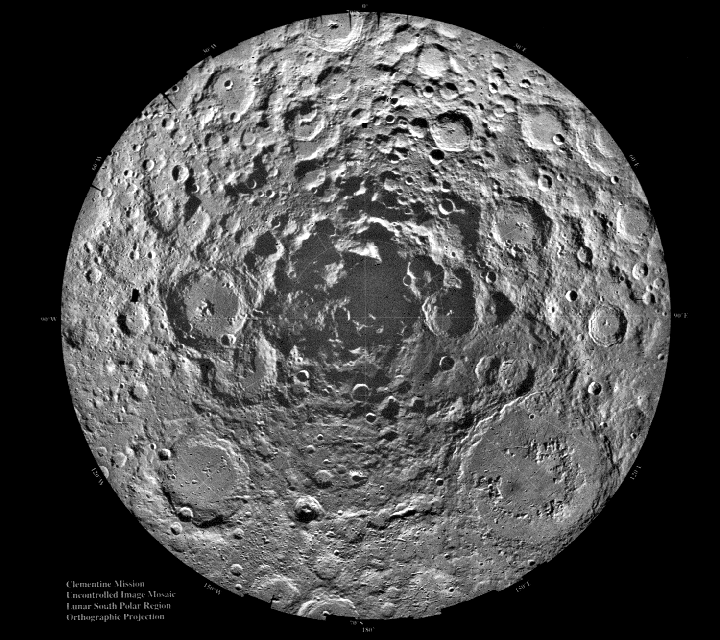It's no surprise that the future of humanity and even Earth's biodiversity hangs in the balance and so the race to preserve life on our planet has never been more urgent. Species and ecosystems are vanishing at alarming rate so teams of scientists are turning to cutting-edge solutions to safeguard the natural world for future generations. A new paper explores cryopreservation as one solution, a technology that allows living cells to be frozen and stored for centuries, preserving genetic material and even entire organisms. This approach comes with its own challenges but as we explore this innovative frontier, it becomes clear that reimagining how and where we protect life is essential to securing the planet's biological legacy.
.png) Image of a Tardigrade. These little critters are among the hardiest on the planet.
Image of a Tardigrade. These little critters are among the hardiest on the planet.
A new paper authored by a team led by Garret Fitzpatrick from Harvard & Smithsonian proposes the creation of a Lunar Biorepository. They propose this as a way to store cryopreserved samples of Earth's most at-risk animal species with minimal human intervention. Storing living cells long-term requires temperatures of -196°C, and no place on Earth is naturally that cold requiring enormous power reserves but the Moon, now there's a real alternative! Some of the deep shadowed lunar craters are in permanent shadow and offers ideal conditions for stable storage. This lunar vault would initially focus on preserving endangered animal samples but could later include plants, microbes, and other organisms.
The creation of such a system will require significant time, effort, and investment, as it depends on future lunar missions and technologies that don't yet exist! Technologies such as robotic construction, radiation shielding, and specialised storage and transport systems are enablers for such a mission. The challenge of keeping any samples at low enough temperature is particularly challenging during space travel where materials face extreme temperature changes and radiation. As a first step, researchers propose testing a simple, proven system: a Stirling cryocooler inside an insulated biocapsule that keeps samples at -196°C throughout a mission to the Moon. This early-stage concept aims to be ready for a NASA or commercial mission within the next 1–2 years.
If successful then developing a cryogenic storage and transport system for a future lunar biorepository could offer broader benefits beyond preserving biological samples. It could also be used to collect and store other materials, like frozen lunar water. Scaling and refining this system for different sample types would provide valuable experience in handling, logistics, and operations, supporting a wide range of future lunar missions and scientific goals.
The vision of a Lunar Biorepository is bold and represents a transformative step in both conservation science and space exploration. By combining the urgency of protecting Earth's biodiversity with the technological ambitions exploration missions, this proposal bridges planetary preservation with interplanetary potential. While many challenges lie ahead, from engineering to logistics, the results could be profound—offering a secure, long-term refuge for life's genetic blueprint and opening new doors for scientific discovery.
Source :Concept for a Lunar Biorepository Technology Demonstration Payload
 Universe Today
Universe Today
